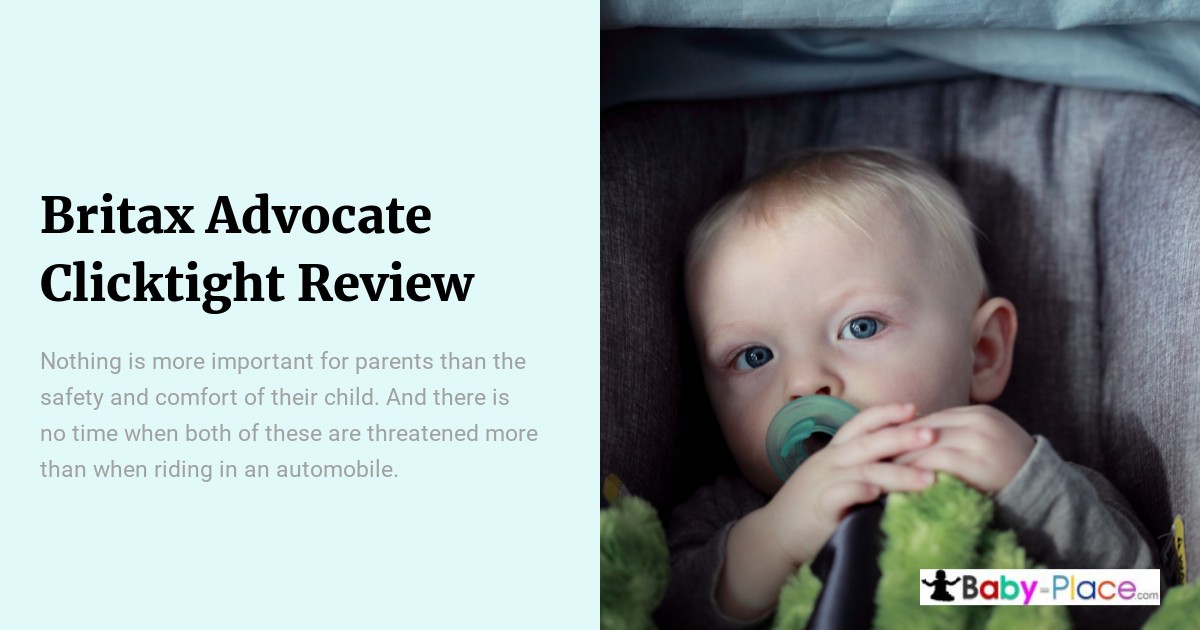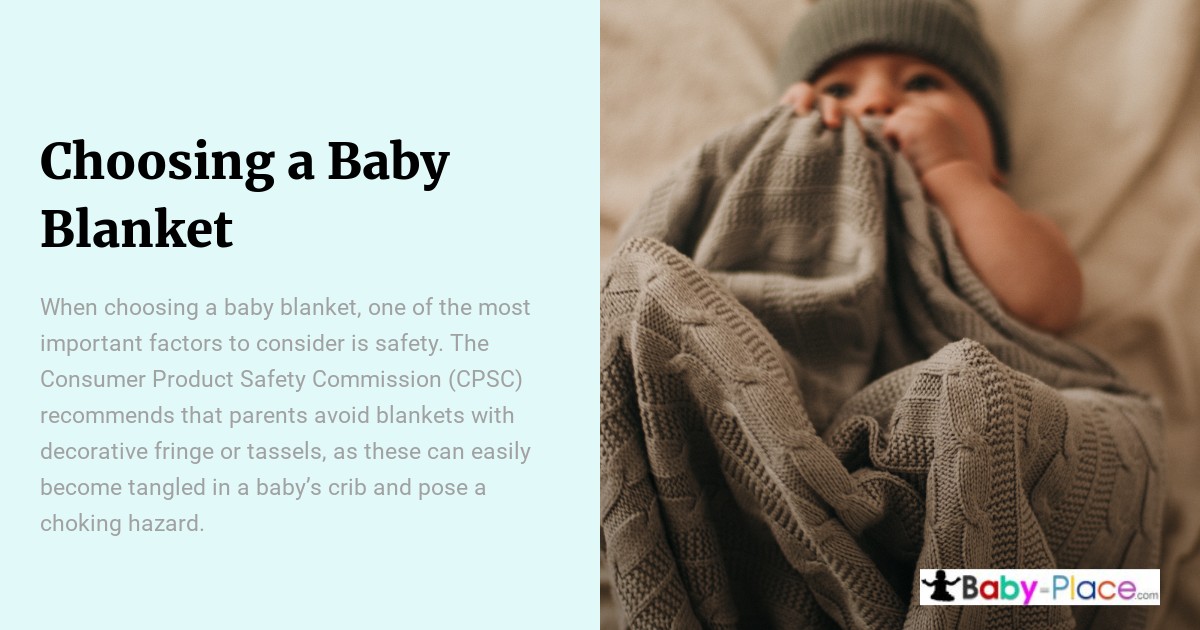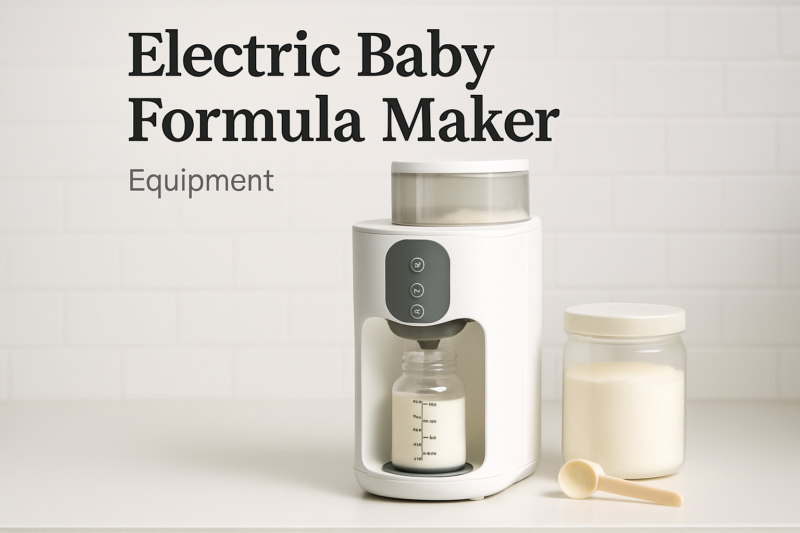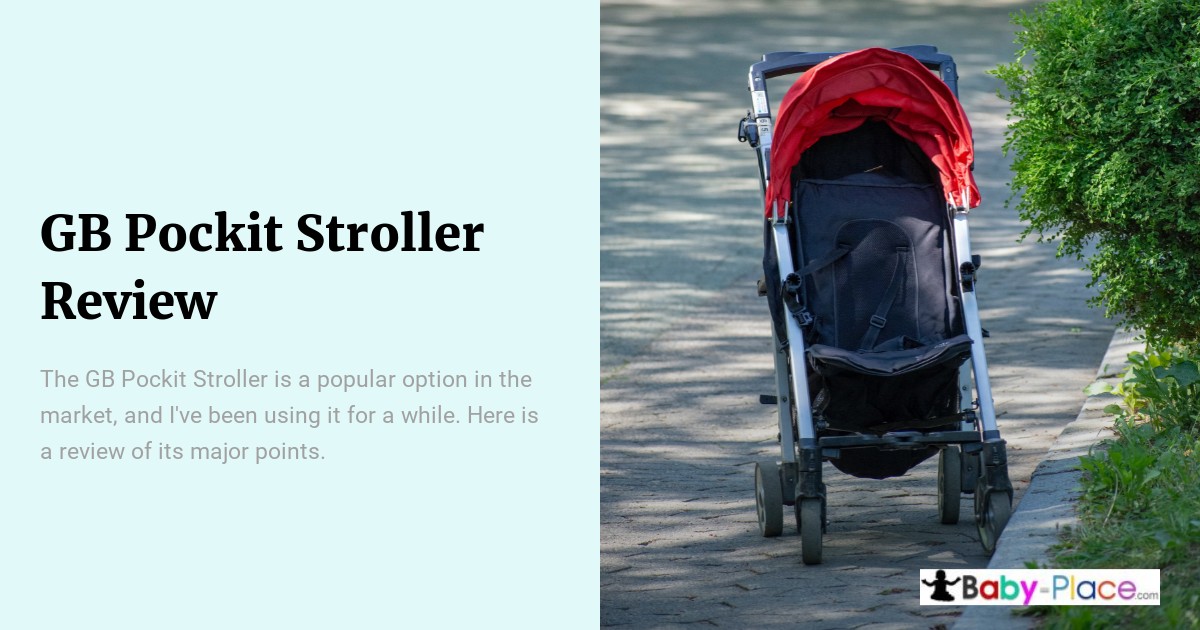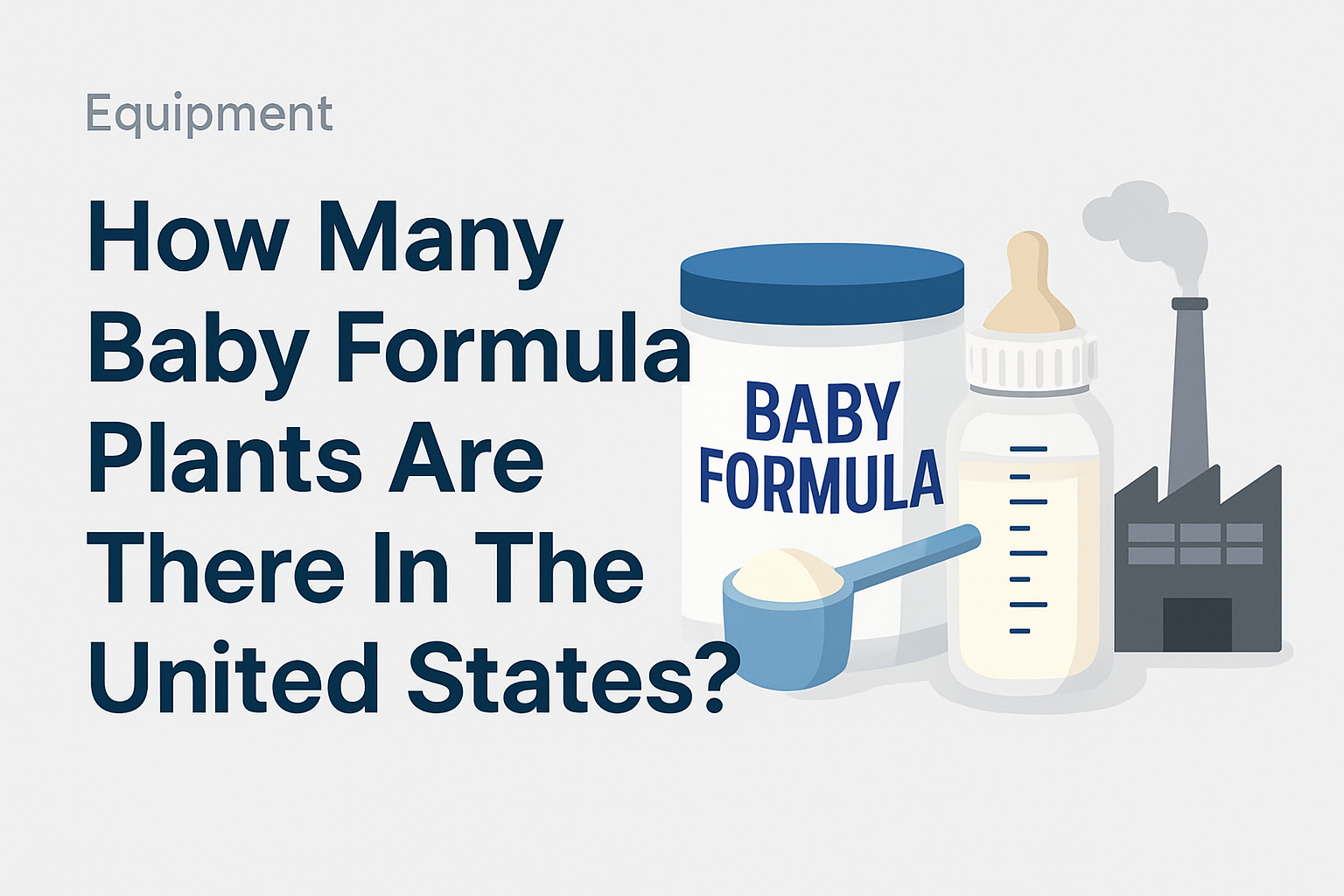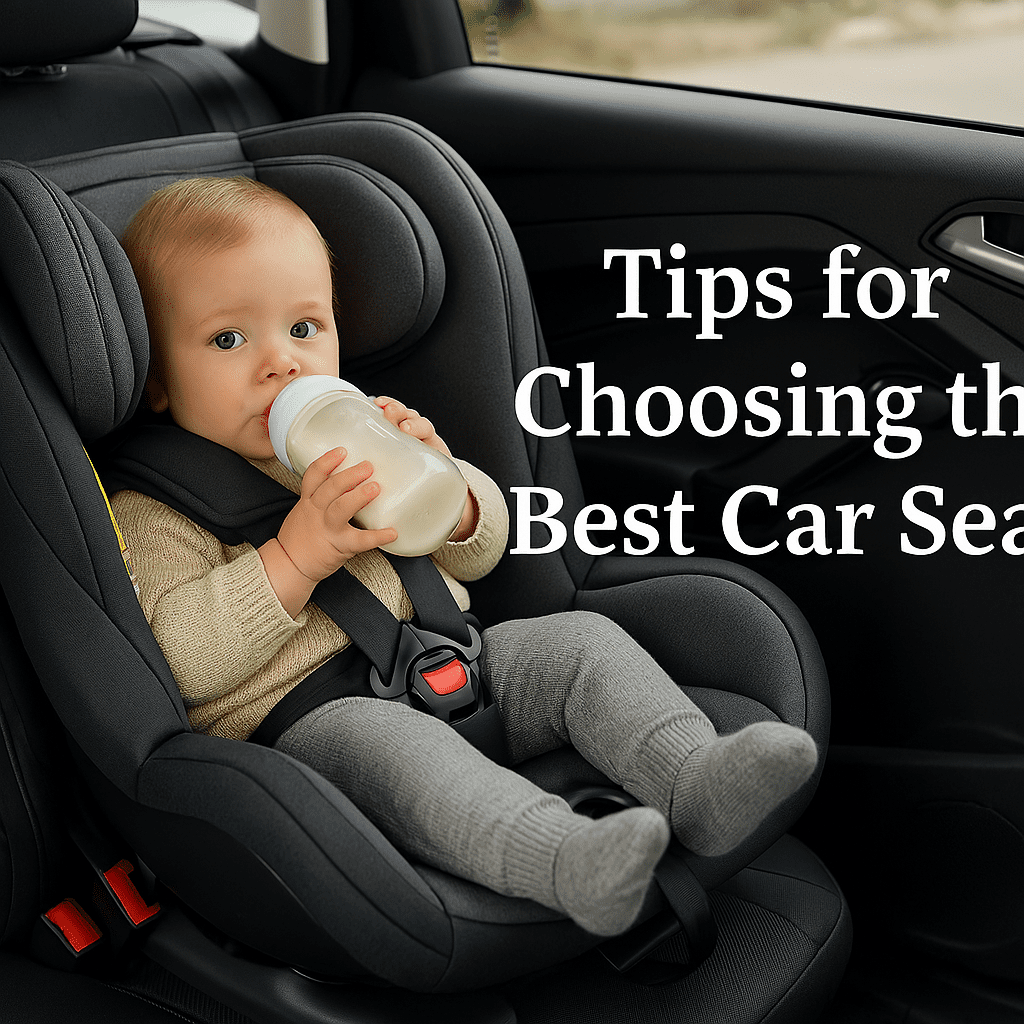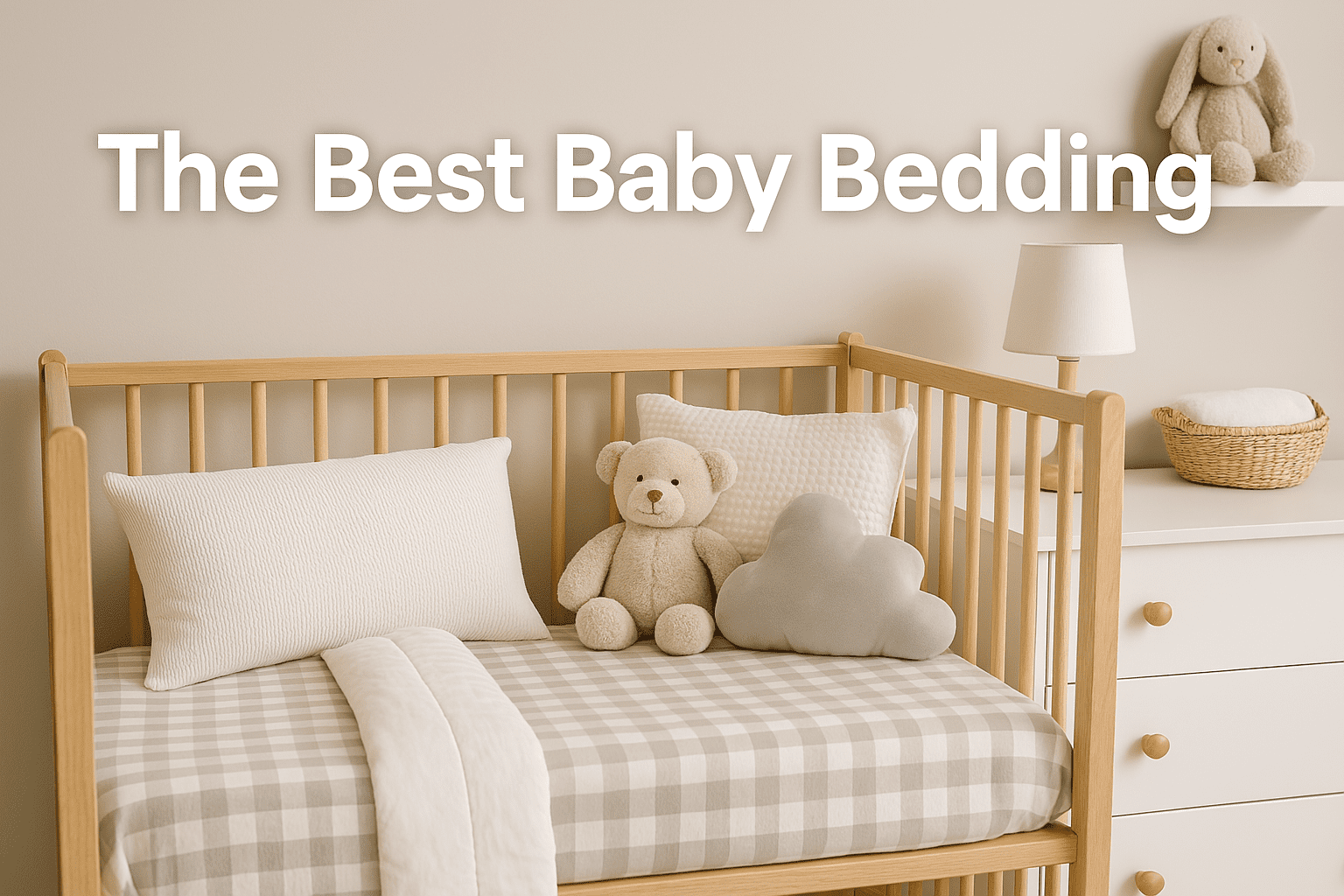
Welcome to the exciting (and sleep-deprived) world of parenting!
If you’re reading this, chances are you’re in the midst of preparing for your little one’s arrival and are trying to make all the necessary decisions to ensure their comfort and safety. And when it comes to baby bedding, you might be wondering where to start.
Well, let us tell you one thing:
If you want any chance of getting some rest once your baby arrives, you’ll want to splurge on the best bedding you can find.
Trust us, it’ll be worth it. Happy shopping!
Safety First With Baby Bedding
Choosing the best bedding for babies can be an overwhelming task. There is an endless variety of items on the market, and the prospect of selecting just one can seem daunting.
Safety is essential to consider when making this decision – no matter how soft or beautiful a bedding choice may be, it should never compromise your baby’s safety.
Before you start shopping for baby bedding products such as crib sheets, mattress pads or blankets, it’s important to make sure the items are made of hypoallergenic and breathable materials like 100% cotton or muslin fabric. Additionally, all babies should sleep with only one lightweight blanket in their crib rather than heavier options such as comforters – it’s safest for your little one if they remain uncovered during sleep time. It’s also essential to make sure sheets fit snugly over the mattress in order to reduce entrapment risks caused by snagging on protruding parts from the mattress or frame.
The comfort of Baby Bedding
Finally, look at design choices within your budget range that you feel will work best for your baby’s comfort level such as choosing a softer material for colder rooms or opting for more breathable materials if their room tends to be warmer. In this guide, we will provide advice on finding safe yet comfortable bedding essentials and factors to consider when making these decisions to be sure that your whole family is sleeping soundly ─ night after night.
Types of Bedding
Crib sheets: These are a cotton blend sheet or quilt designed to fit over the mattress in a crib, protecting it from wear and tear while providing softness and comfort. Crib sheets come in several different colors, designs and fabrics depending on your preference. Most sheets are machine washable but should be washed gently following the care instructions that are on the label.
Crib blankets: These are typically machine-washable blankets made of cotton or wool fabric that provide warmth and comfort while preventing overheating. Blankets can also make a popular (and safe) decorative addition to any crib. Crib blankets come in an array of sizes, colors, materials, and designs for you to choose from when selecting bedding for your baby’s crib.
Bassinet Sheets: Bassinets are smaller than standard sized cribs and require specific sized sheets to ensure that they fit securely around the mattress. Bassinet sheets come in many different bright colors, patterns, and fabric blends so you can pick something that coordinates with room decor as well as being comfortable.
Pillowcases: Pillowcases specifically tailored toward babies provide cushioning support while cradling their head comfortably after their nap or at night when they go to sleep without compromising breathability or temperature regulation while they dream away blissfully unaware! Consider buying organic pillowcases if you want something soft yet soothing against delicate skin, along with being toxin-free!
The durability of the Right Bedding
Infants grow quickly during their first year of life, so it’s important that their bedding is durable enough to withstand countless washes while continuing to provide supreme comfort during sleep. Look for fabrics known for being longwearing – it never hurts to opt for a higher quality fabric if budget permits.
Choosing the Right Size
When selecting bedding for your baby, it’s important to consider size and material. The bedding should be large enough to cover the mattress securely, but not too big as to create a safety hazard. The most common sizes for crib mattresses are 28 x 52 inches and 27 1/4 x 51 5/8 inches. In order to find the right size of bedding, you’ll need the exact measurements of your crib mattress.
It’s also essential that all products used in the bedroom meet current safety standards according to Consumer Product Safety Commission (CPSC) regulations.
Choosing the Right Material
Choosing the right material for a baby’s bedding is important for several reasons. In addition to safety, it is also essential to look for environmental friendliness, durability and comfort. The sleep surface should be well-ventilated and comfortable to help promote a restful night’s sleep. There are several materials from which to choose when selecting bedding for babies.
Cotton: A natural plant fiber, cotton is known for its softness and comfort. It is an excellent choice for bedding that will last through multiple washings, as it does not wear down over time as some synthetics do. Cotton can be washed frequently in hot water and dried in a hot dryer without harm.
Wool: Wool is naturally hypoallergenic, making it an ideal choice for those with allergies or sensitive skin. Wool can provide superior warmth without overheating and can be woven into a variety of textures that are softer than cotton or synthetic fibers. Note that wool must be regularly cleaned using special detergents designed to treat delicate fabrics as regular detergents may cause damage to the fibers over time.
Synthetics: While synthetic fibers cannot always match the softness of natural fabrics such as cotton or wool, they offer many advantages of their own – including being machine washable, fast drying and resistant to staining. Popular synthetics include polyester, nylon and acrylic materials which are often blended together with cotton when creating baby bedding such as quilts.
Cleaning and Maintenance
It is important that any bedding for babies, such as sheets and blankets, be kept clean to ensure their comfort and safety. Bedding should always be washed before first use to remove lint, dust and other contaminants. This can be done by machine washing the bedding on a gentle cycle with a mild detergent, then drying it in a dryer on low heat or air drying if preferable.
To make sure that the bedding remains hygienic over time, it should be washed regularly in hot water (ideally at least once a week). Once the bedding is dry, make sure to store it in a cool and dry place until ready for use.
In addition to regular laundering of fabrics, parents should also take noted of any loose threads or buttons that may have come off the bedding from wear & tear or tugging from small fingers. Parents should check for any fraying around edging seams as well as inspect for sharp pieces that may be present such as sequins and beads which could cause choking if ingested by your baby.
Conclusion
In conclusion, the best bedding for babies is one that meets the safety specifications outlined by healthcare providers, is free from potential hazards such as loose bedding and entrapment opportunities, and is made of a material that is comfortable for your infant. The ideal bedding should be breathable, lightweight and designed to provide support while being gentle on baby’s delicate skin. Additionally, look for bedding that can be machine washed regularly to help ensure a clean, healthy sleeping environment. With so many options to consider when choosing the perfect bedding for your child, make sure you consider all safety guidelines and research what type of materials would be most comfortable.
Frequently Asked Questions:
What is baby bedding and why is it important?
Baby bedding includes items like sheets, blankets, and mattress covers designed specifically for cribs or bassinets. It's important because it provides comfort, warmth, and safety for your baby during sleep, helping to reduce risks like Sudden Infant Death Syndrome (SIDS) when chosen correctly.
What materials are best for baby bedding?
The best materials for baby bedding are breathable, hypoallergenic, and soft, such as 100% organic cotton or bamboo. These materials help regulate temperature, reduce irritation, and minimize exposure to harmful chemicals, ensuring a safer and more comfortable sleep environment for your baby.
How do I choose the right size for baby bedding?
To choose the right size, always match the bedding to your crib or bassinet dimensions. Standard crib sheets are typically 28 x 52 inches, but check your product's specifications. A snug fit is crucial to prevent loose fabric, which can pose a suffocation hazard, so avoid oversized or ill-fitting bedding.
What safety features should I look for in baby bedding?
Look for safety features like firm mattresses, fitted sheets that stay secure, and no loose blankets or pillows for infants under one year. Also, choose bedding that is free from toxic dyes and flame-retardant chemicals. Following safe sleep guidelines helps protect your baby from hazards like SIDS and suffocation.
How often should I wash baby bedding?
It's recommended to wash baby bedding at least once a week, or more frequently if it becomes soiled from spit-up, diaper leaks, or spills. Use gentle, baby-safe detergents to avoid skin irritation, and always follow care instructions to maintain the bedding's quality and safety for your baby.

